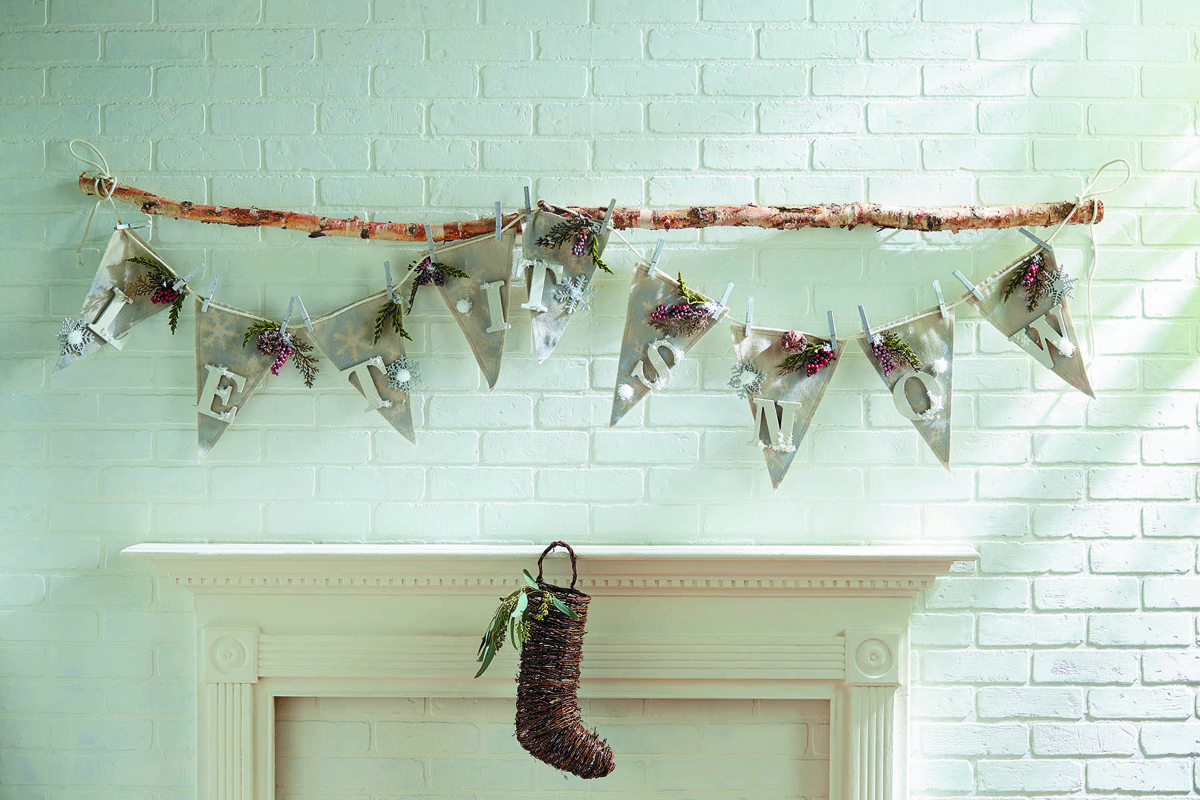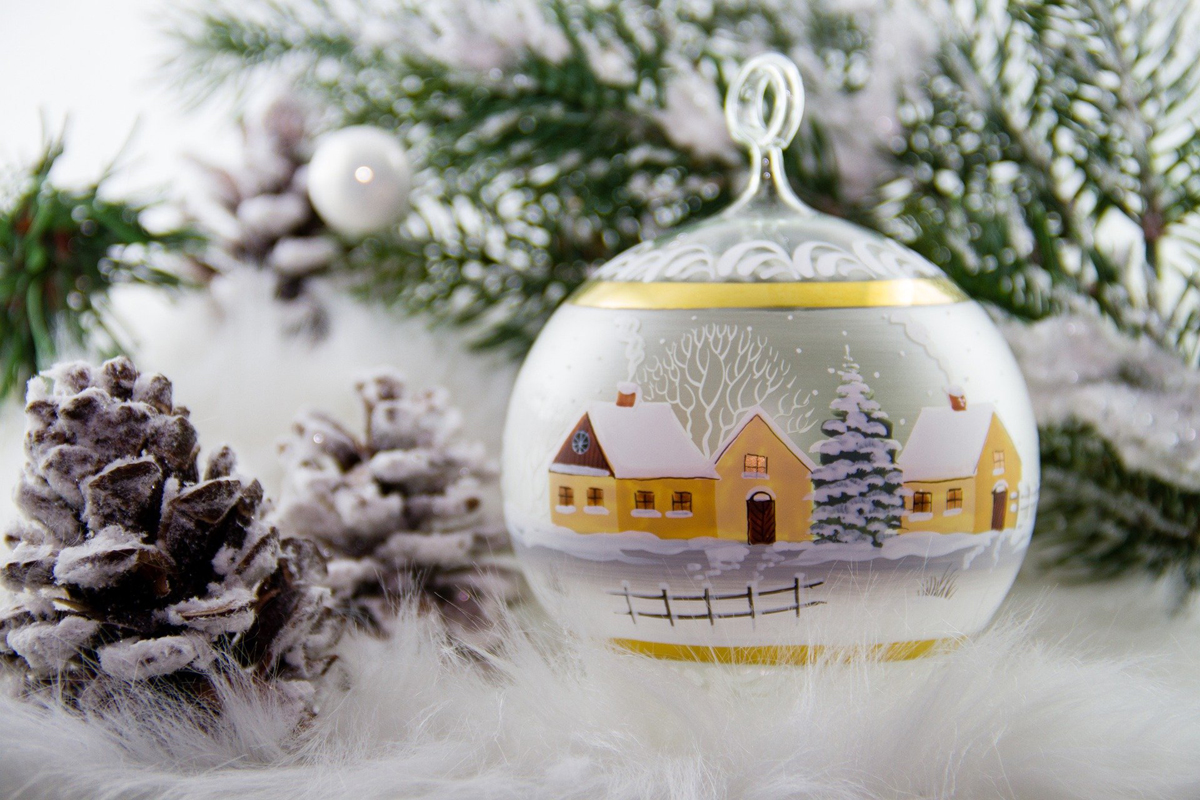History of The Entry Door

When did entry doors and their accoutrements of hardware get so lavish, so secure-and become such scene stealers of the home? Craftsmen (and women) who spend their life honing the skill compare the turning of a door to a handshake, and note that a beautiful entry door is paramount for a great first impression. However, it can’t stand-alone. It needs to complement the style of the home, the era of the home, and be both grand and welcoming at the same time. That’s a big order to fill.
The best way to tweak an entry door is with the hardware, which blends function and style. The lock chosen is, of course, the heart of the function. The style can be personalized by the shape of the knob or the intricacy of the trim. Levers, plates, roses and traditional knobs are the four main choices. Decades ago, the first American entry hardware mimicked British staples, featuring wrought iron with rim or mortise locks that were implanted in the edge of the door. This worked, but it was a little burdensome since the tumblers needed a key to move the deadbolt; however, it was a staple throughout the US’ four classic periods: Gothic, Green Revival, Federal and Colonial. Then things changed.
A Truly Industrial Revolution
Post-Civil War, four major companies (Yale & Towne Manufacturing Co., Sargent and Company, Russell and Erwin Manufacturing Co. and P&F Corbin) banded together to re-imagine entry hardware. Together, this innovative team changed, for good, how Americans open doors. Security became a bigger concern, and the first cylinder mortise lock was patented in 1856 by Linus Yale Jr. This approach featured a pin tumbler cylinder along with a number of spring-loaded pins to use the deadbolt. His father had attempted to perfect this system for years, but it was his son who succeeded.
The other hardware manufacturers followed suit, slowly perfecting the system to maximize security. By swapping out the bit-key for better mortise options, it became what’s still used in homes today. Mortise locks were also the first to offer a “stop button,” which is the basic lock known today: When the top button is pushed inside, the outside knob can’t turn. However, the downside is that if the stop button was pressed while you stepped outside for a moment, you risked getting locked out.
Dressing Up
“Key in knob” concepts were born in 1899, compliments of P&F Corbin’s “Unit Office Lock.” This complete door was the first single unit, with knobs already fixed to plates. However, what was really special about this design was that the pin-tumbler core became mounted right in the middle of the knob. This allowed for fast, easy installation-according to company catalogues, it took about 10 minutes.
The end of the 19th century in America was all about showboating, and this is where extremely ornate entry hardware rose in popularity. Prior to this era, simple or rose knobs were common, but suddenly bronze and brass hardware covered entry doors with the most elaborate of designs. In 1932, P&F Corbin’s catalog featured 18 designs with a complementary inventory of set designs for each. Plus, there were over 25 finishes. The costliest (and best) were created with cast iron, bronze or brass that bolstered stunning details and beautifully dubbed finishes, such as “Oxidized and Relieved.”
The End, and Revival, of an Era
After World War II and the Great Depression, Americans were drawn to “modern” styles, which meant an end of the ornate reign. They wanted things shiny and futuristic or merely practical. This kicked off the era of Schlage cylinder locks, which was created in 1928, as well as the 1946 Kwikset systems. A simple and effective latch bolt did the job, but security was easy to breach. These two systems were the constant victims of “credit card burglary” and the locks behind the cliched thought that anyone can break into a home with the swipe of a credit card in the right place. To fix this problem, mortise deadlocks had to be added, which basically made the entire “quick installation system” moot.
Thankfully, there’s been a resurgence in recent years to the ornate-which can be simple and elegant (or, of course, fantastically eye-catching). Even better, today’s entry doors perfectly combine beauty and security.
The Author:
Jillynn Stevens, Ph.D. is a writer with a vast array of subject matter expertise. Along with publishing articles for large and small businesses, she researches, writes and publishes reports on various public policy issues.
For superior entry doors and windows, Jillynn recommends See at Rocky Mountain Windows & Doors.








